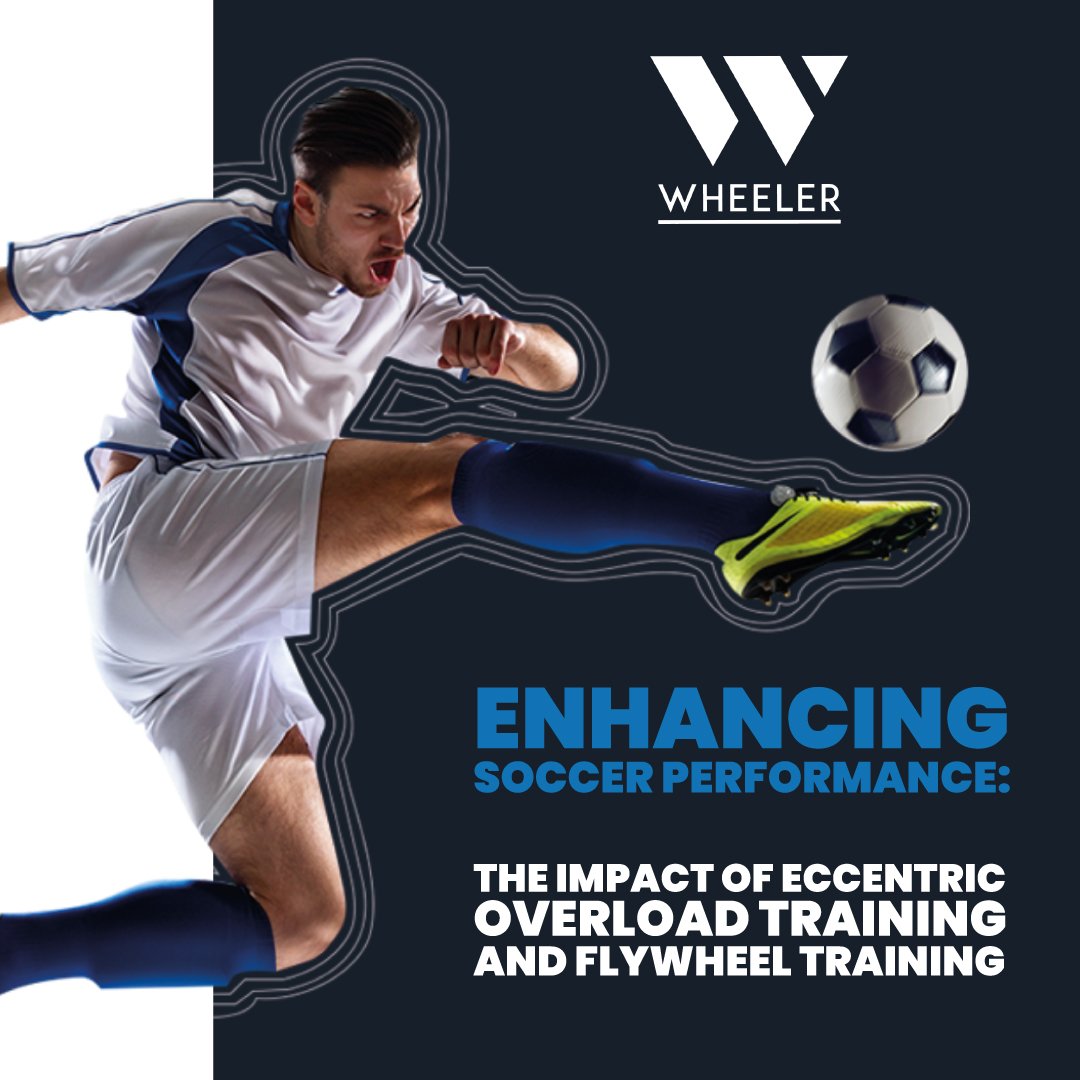Enhancing Soccer Performance with Eccentric Overload Training
Soccer requires a unique blend of strength, agility, and endurance. For players aiming to reach their peak potential, eccentric overload training or flywheel training, also known as isoinertial training, is emerging as indispensable tools in their training arsenal. These techniques not only improve muscle strength but also offer a range of benefits that can make a difference on the field.
Benefits and Muscular Adaptations
Eccentric overload training focuses on the muscle lengthening phase during contraction, leading to unique muscular adaptations. This results in a significant increase in strength and power, two crucial qualities for soccer players looking to enhance their on-field performance. Additionally, flywheel training, by utilizing inertial resistance, triggers adaptations that enhance neuromuscular efficiency and coordination, translating to improved athletic performance.
Injury Prevention and Agility Enhancement
Eccentric overload training or flywheel training can also play a crucial role in injury prevention and agility enhancement. By strengthening muscles in all phases of movement, from acceleration to deceleration, these methods help reduce the risk of muscular and joint injuries. Furthermore, by enhancing muscles’ ability to rapidly change direction and control the body in high-speed situations, greater agility and responsiveness are promoted on the field.
Impact on Sprinting and Kicking Strength
Sprinting and kicking strength are essential components of soccer, and eccentric overload training or flywheel training can significantly improve both aspects. By developing explosive strength and the ability to generate power from the ground, these methods can lead to an increase in sprinting speed and the force behind each shot.
The Role of Eccentric Overload Training or Flywheel Training in Tendon Injuries
Tendon injuries in knees and ankles are common challenges faced by soccer players, and addressing these concerns from a training perspective is crucial to maintaining long-term health and performance. Eccentric overload training or flywheel training not only improve athletic performance but also play a fundamental role in preventing tendon injuries by addressing underlying pathology and strengthening vulnerable tissues.
Tendinous Pathology
Tendon injuries in knees and ankles, such as patellar tendinitis or Achilles tendinitis, result from repeated tension and overload on the tendons connecting muscles to bones. These injuries can cause pain, inflammation, and mobility limitations, negatively affecting athletic performance and athletes’ quality of life.
Muscular Responses and Tendinous Adaptations
Eccentric overload training involves an emphasis on the muscle lengthening phase during contraction, inducing muscular adaptations that strengthen tendons and enhance their ability to withstand tensile forces. Additionally, by utilizing inertial resistance, flywheel training creates a unique stimulus that enhances the tendons’ ability to absorb and transmit forces efficiently.
Preventive Effects
These training modalities not only strengthen muscles but also directly address tendon needs by improving their endurance and ability to withstand loads. By eccentrically strengthening muscles and enhancing tendons’ ability to absorb energy during the lengthening phase, the risk of tendon injuries in knees and ankles is reduced.
Join us on this exciting journey towards athletic excellence!
We invite you to access exclusive content and articles by subscribing to our membership here. Join us on this exciting journey towards athletic excellence!
Instagram Links:
Author


